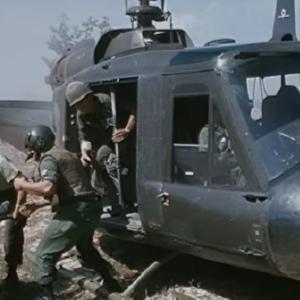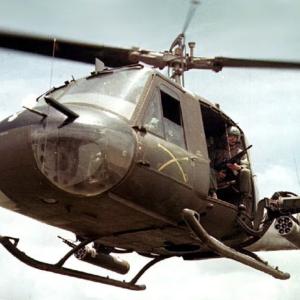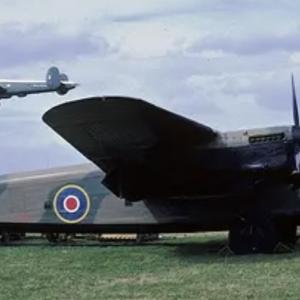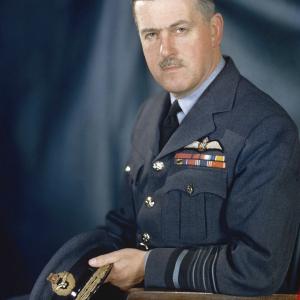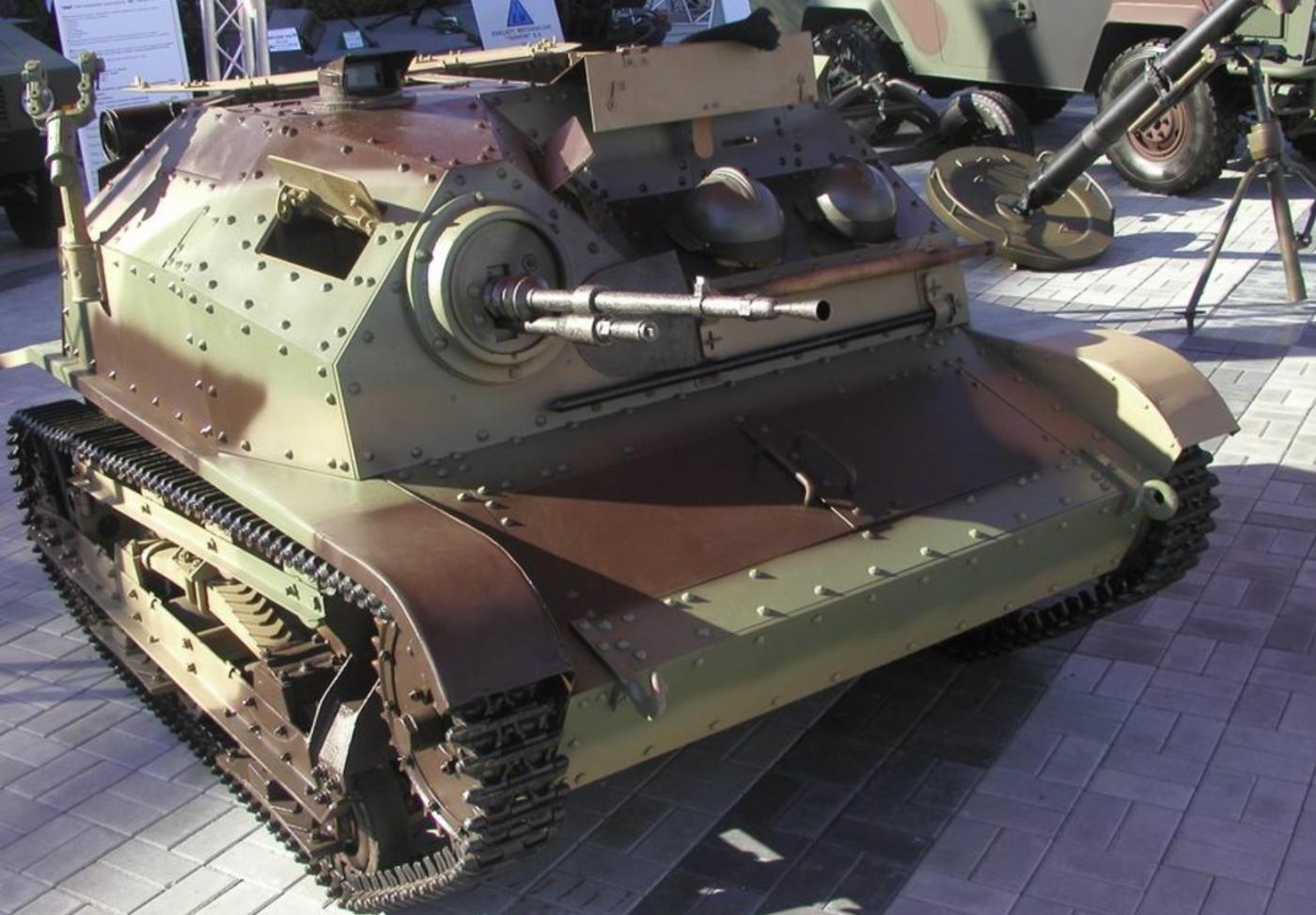
Polish Tankette
The Polish TK-3 tankette was Poland’s response to the need for a fast, light reconnaissance vehicle in the early 1930s. Inspired by the British Carden-Loyd design, Polish engineers modified it to suit local conditions, improving its suspension, reliability, and armor.
Compact and low-profile, the TK-3 weighed just over 2.4 tons and stood about 1.3 meters high. It could travel up to 46 km/h and had a maximum range of 200 km on roads. Its light armor, between 4 and 10 mm thick, offered minimal protection but allowed for speed and mobility.
Designed for a two-man crew (a driver and a commander/gunner), the tankette was initially armed with a 7.92 mm machine gun. Later, some were fitted with a 20 mm autocannon, significantly increasing their firepower against lightly armored targets.
TK-3 tankettes were used mainly for reconnaissance, infantry support, and towing light artillery. Their small size made them ideal for scouting missions and ambush tactics, though they were vulnerable in direct confrontations with heavier armored vehicles.
German troops, upon encountering these vehicles during the 1939 invasion, often dismissed them as "rollende Särge" or “rolling coffins” due to their thin armor and small size. Despite this nickname, the tankettes proved more formidable than expected in specific conditions, especially when used by skilled crews.
The TKS was an upgraded version of the TK-3, featuring stronger armor up to 10 mm, a more powerful engine, and refined suspension. Some units were equipped with a 20 mm autocannon, making them more combat-capable despite their small size.
These upgrades gave the TKS a fighting chance in certain scenarios, especially when used in ambushes or defensive positions. While still not suitable for taking on heavy tanks head-on, the TKS could surprise and damage enemy vehicles under the right conditions.
German soldiers reportedly referred to the TKS, often indistinct from the TK-3 at a glance, as "Spinnepanzer" (spider tanks) or sometimes “Mäusepanzer” (mouse tanks), reflecting both their small stature and uncanny agility. While often underestimated, these tankettes occasionally caused real disruption—especially when mounting the rare 20 mm autocannon.
During the invasion of Poland, TKS tankettes were pushed into front-line service out of necessity. Despite being technically outmatched, a few units managed to destroy German tanks in daring hit-and-run attacks, showing that good tactics could compensate for weaker equipment.
Edmund Roman Orlik was born in 1918 and later studied architecture. He joined the Polish army as an officer cadet, training in armored warfare. In 1939, he was assigned to a tankette unit just before the German invasion.
On September 18, 1939, Orlik and two other tankettes were scouting in the Kampinos Forest when they encountered a German armored column. Orlik, alone in a TKS fitted with a 20 mm autocannon, chose to stay behind and ambush the enemy. In the skirmish, he reportedly destroyed two Panzer 35(t)s and a Panzer IV, including the tank of a German noble officer. His quick strike and withdrawal tactics made excellent use of the TKS’s speed and small size.
The next day, Orlik took part in the defense of Sieraków during a major German assault. He is credited with destroying multiple tanks during the battle until he ran out of ammunition. The action saw heavy German losses, demonstrating the impact a single well-placed TKS could have.
After Poland's defeat, Orlik joined the underground resistance as a member of the Home Army. Following the end of World War II, he completed his architectural studies and lived a civilian life until his death in 1982.
Orlik's actions during the 1939 campaign became legendary. His ability to defeat far superior enemy tanks using a lightly armed TKS turned him into a symbol of Polish bravery and tactical brilliance.
The TK-3 and TKS were not advanced by global standards, but they played an important role in Poland’s early armored warfare. More than just vehicles, they became symbols of resistance, ingenuity, and determination—qualities best exemplified by soldiers like Orlik. Ironically, while German troops initially mocked them as “rolling coffins” or “mouse tanks,” they quickly learned to respect the danger these little machines posed in the right hands.

